Sugar Roads Repair Underway; Cane Quality is Poor
Repairs have started on the dirt roads in northern Belize that lead to the cane fields. Last week, the Corozal Sugarcane Producers Association raised concerns about the deteriorating roads, which have been made worse by constant rain, making it difficult for farmers to access their fields. This has led to a significant drop in the amount of sugarcane delivered to Tower Hill. To make matters worse, the poor quality of the harvested cane is producing less sugar, causing the mill to halt operations at times. This is problematic because the mill isn’t designed to stop during the cane season, and doing so can cause damage. News Five’s Marion Ali has more on this story.
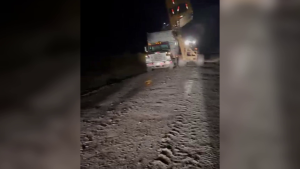 Marion Ali, Reporting
Marion Ali, Reporting
Since last week, crews from the Ministry of Infrastructure Development and Housing have been hard at work fixing the badly damaged dirt roads in the Corozal and Orange Walk Districts that lead to the cane fields. The relentless rains over the past few weeks have made it tough for farmers to harvest their mature cane, and their heavy-duty equipment has only worsened the road conditions. Jose Majil, the chairman of the Belize Sugar Cane Farmers Association’s Corozal Branch, has been closely monitoring the situation.
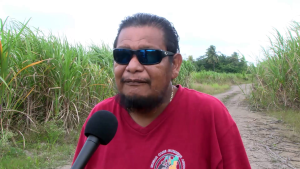
Jose Majil
Jose Majil, Chairman, B.S.C.F.A, Corozal Branch
“Some farmers have big machinery, so they try to take out the product, but they are at the time, they’re hurting the roads too and the farmers that have small trucks, well they cannot pass.”
The farmers were forced to harvest the cane they can reach, but the crop is immature and that has also added to the problem, according to BSI’s General Manager, Mac McLoughlin.
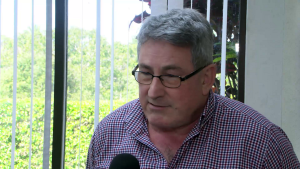
Mac McLoughlin
Mac McLoughlin, General Manager, A.S.R./B.S.I
“We’re milling very, very poor-quality cane. So obviously that’s having an impact, and it will have an impact on the whole industry, because farmers are paid on the sugar that’s produced and for the mill. At this point, we’ve milled over seventy thousand tons of sugar cane. At this point last year, we’d only milled fifty-seven thousand tons because of the delays to the crop, because of one association, but this year, we’ve made three thousand three hundred tons of sugar. Last year, we made three thousand seven hundred tons, so we made more sugar with thirteen thousand tons less cane last year.”
With the rain finally letting up, crews from the Ministry of Infrastructure Development and Housing have been busy restoring the sugar roads in the north. Chief Engineer Evondale Moody reports that most of the work is now complete.

Evondale Moody
Evondale Moody, Chief Engineer, M.I.D.H
“In the Corozal District we have over two hundred and seventy miles of road and in the Orange Walk District we have about three hundred and fifteen miles of sugar roads. With the budget that we receive annually there’s no way that we could maintain all these roads continuously, especially when we have significant rainfall as what we’ve been having in this past year, 2024. However, we try our best to initiate the upgrading of these sugar roads, especially the main ones prior to the sugar cane season. So we started these roads in late November, early December once we had the funds available to commence these works.”
But the rain started again and interrupted the road works, until last week. Moody mentioned that during this period, the farmers’ heavy equipment further damaged the roadworks, making the situation even worse.
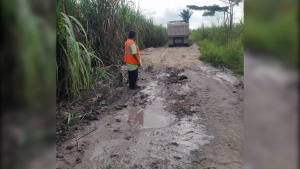 Evondale Moody
Evondale Moody
“Some of the cane fields are wet but you still have those trucks going into the cane fields and bringing out that contaminated material onto the road. Please bear in mind that these roads are not paved roads, they’re gravel roads and once that gravel gets contaminated it creates another problem for us because we still need to go back and do the same thing again to address that.”
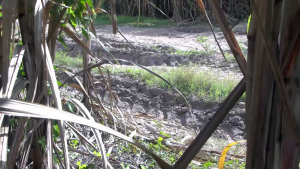 The cane fields in the north are mostly lowlands, about eighty percent, with only twenty percent being highlands. Alfredo Ortega, Chairman of the Committee of Management for the B.S.C.F.A Orange Walk Branch, suggests that the mill should consider shortening the harvest period to avoid the rainy season.
The cane fields in the north are mostly lowlands, about eighty percent, with only twenty percent being highlands. Alfredo Ortega, Chairman of the Committee of Management for the B.S.C.F.A Orange Walk Branch, suggests that the mill should consider shortening the harvest period to avoid the rainy season.
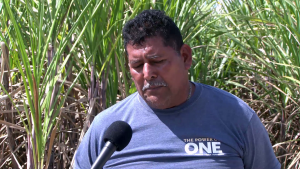
Alfredo Ortega
Alfredo Ortega, Chairman, Committee of Management, B.S.C.F.A, Orange Walk Branch
“We have been trying to do what we can, but nevertheless, climate change is one of the issues that is affecting us now, left, right and center because the amount of rain that we are getting now is much more than any other given year. Starting one day, two days after Christmas, many of the cutters – because we rely on the manpower – many of them are still in the party mood and that is why we’re telling them that they delay so that whenever we start in January, then we have a better flow of cane being delivered to the mill.”
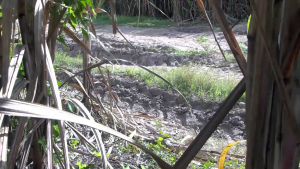 However, McCloughlin argues that climate change has blurred the lines between rainy and dry seasons. He emphasizes that making better investments is crucial for successful crops, just like in other sugar-producing countries.
However, McCloughlin argues that climate change has blurred the lines between rainy and dry seasons. He emphasizes that making better investments is crucial for successful crops, just like in other sugar-producing countries.
Mac McLoughlin
“All four cane farmer associations and the mill agreed to start when we started, as that if we start earlier, albeit a little bit wet sometimes, it’s better than ending in the rain. You have upland fields, you have lower land fields, there needs to be effective drainage in fields. You know, you need to have better water management, you need to have investment, you’ve got to have investment in the cane farm. Really, we have to change the whole structure, I think, of the way the cane industry works here because we’re seeing, year by year, more of a deterioration in the cane crop, both the yields and the quality.”
There’s no estimate yet on the losses for this sugar crop due to the delays, but cane farmers are hopeful that they can make up for lost time if the weather stays dry. Marion Ali for News Five.





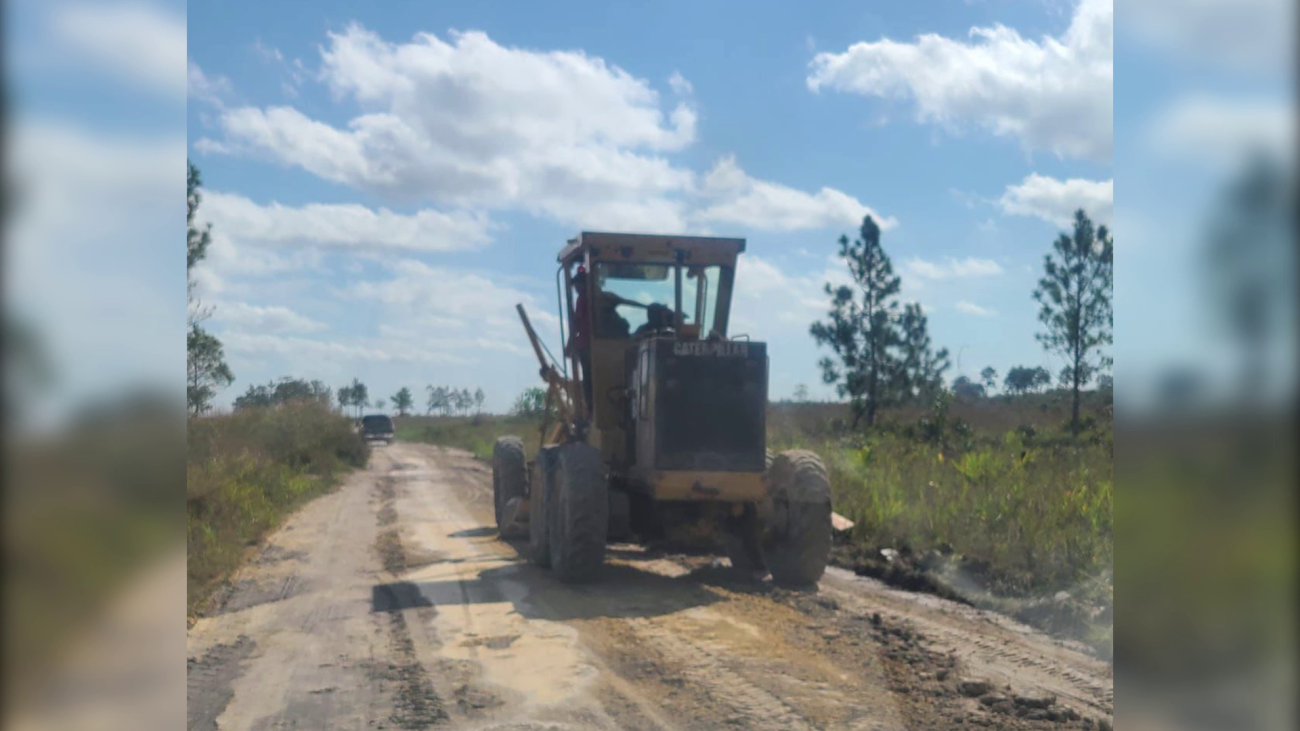

Facebook Comments